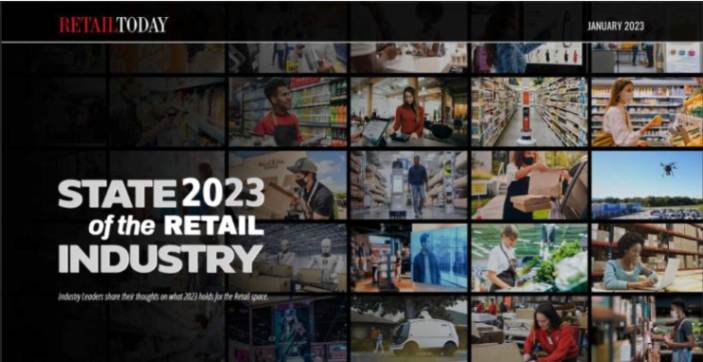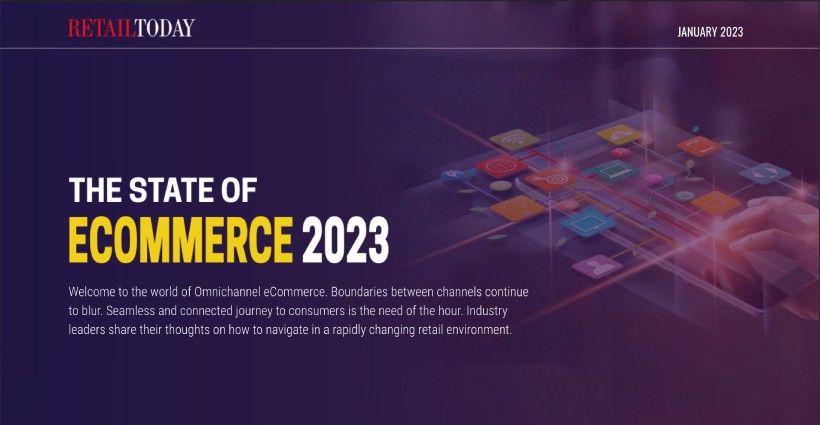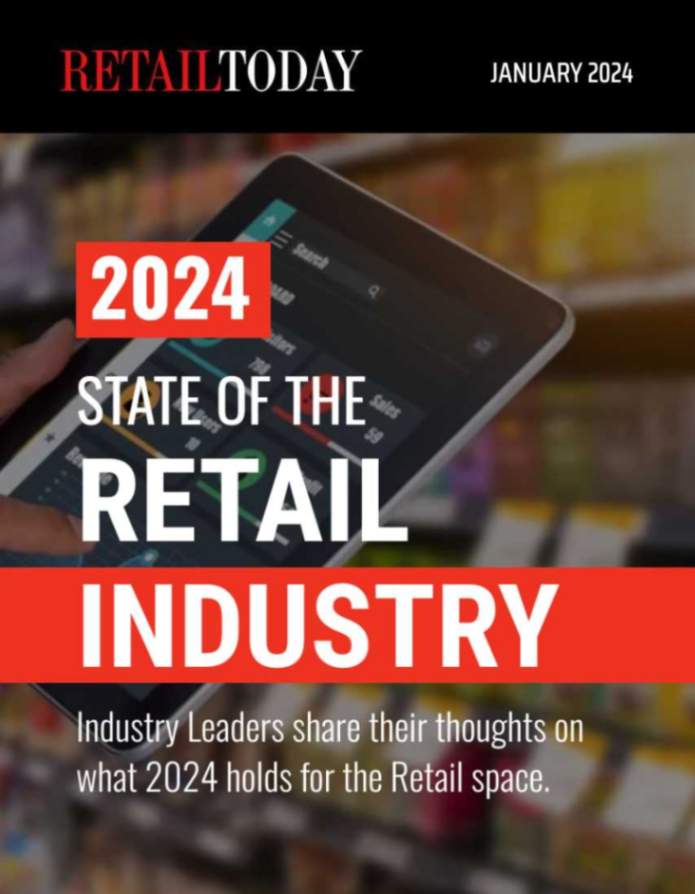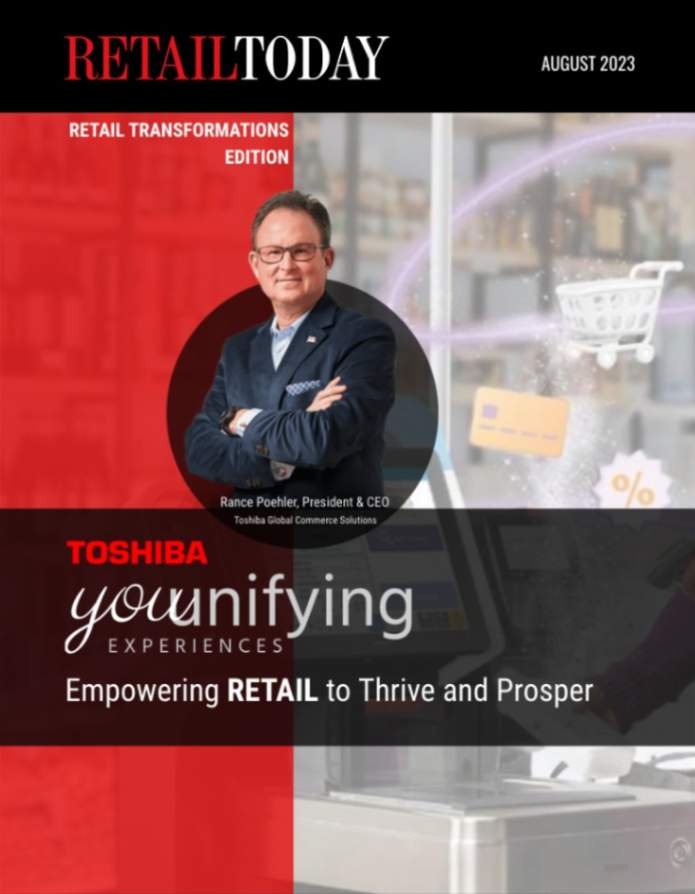
Spending habits shifted throughout 2023 with customers slowing down purchases and focusing on retailers that offered personalized experiences. Consumers today expect tailor-made experiences that are both dynamic and engaging, and retailers struggle to close the gap between order placement and delivery. Personalization is shaping the future of retail experiences. Here are three ways retailers can personalize their customer experiences in 2024.
1. Create branded touchpoints
Branded order status pages and tracking emails keep the customer informed about their order and reinforce your brand presence. By understanding your customers’ past shopping behavior, preferences and interests, you can create shopping experiences that are inviting. When retailers use branded post-purchase emails, they can increase email open rates and new interactions per order. It allows them to control the user experience while upselling or cross-selling when customers track orders.
Many brands are missing this opportunity: just 2% of retailers offer branded or personalized emails post-purchase, with 28% directing customers to branded tracking pages. Communication with customers must be specific and personalized at every digital touchpoint to achieve higher conversion rates. Every interaction leaves a lasting impression on a customer. It’s easier – and cheaper – to convert customers who have already shopped with you before than new customers.
2. Utilize Generative AI
According to Forrester, 84% of AI decision-makers said their executives are ready to adopt generative AI, and improving or personalizing customer experience is a top use case for 42% of AI decision-makers. Retailers can focus on improving the customer experience and building value with AI. AI can help retailers address customer inquiries faster, understand customer feedback and sentiment, and cut down on costly customer service costs. With customized, predictive shopping experiences, retailers can track product preferences for customers and make improvements.
Consumers today expect tailor-made experiences that are both dynamic and engaging, and retailers struggle to close the gap between order placement and delivery. Personalization is shaping the future of retail experiences.
3. Give customers choices
Giving your customer personalized and timely options throughout their purchasing journey will create a positive brand experience that lasts beyond the initial sale. This could start with in-store promotions or discounts based on customer preferences. Personalized product recommendations as they add to their cart or wait for their order to arrive provide unique experiences for each customer.
Empower customers with self-service returns. Routing customers to a self-service returns portal (preferably hosted on your website) allows them to easily return items and leave feeling positive about your brand. It also prevents additional calls to customer service. For example, if a customer is returning pants because they were too small, providing a size chart and showing product availability in other sizes will promote exchanges. If you can, let your customers choose where to return their products whether that’s in-store, a carrier drop-off point, or have it picked up from their house.
Bringing it all together
We’ve heard from our customers that gaining more transparency and personalizing the post-purchase experience is a top priority for 2024. Customers are more likely to return to stores with excellent shopping experiences, whereas a poor experience can deter customers and tarnish your brand’s reputation. Introducing more communication and personalization into the post-purchase experience has resulted in reduced where is my order (WISMO) requests, improved NPS scores, and increased repurchasing rates for our clients. Try out these tips to experience this success in your own store.
Anton Eder is the Founder and CoS of parcelLab, the only truly global enterprise post-purchase software provider, enabling brands to increase top-line revenue, decrease operational cost and complexity, and optimize customer experience. Trusted by over 800 brands, parcelLab actively manages the post-purchase experience across 175 countries and tracks shipping data from more than 350 carriers worldwide.






